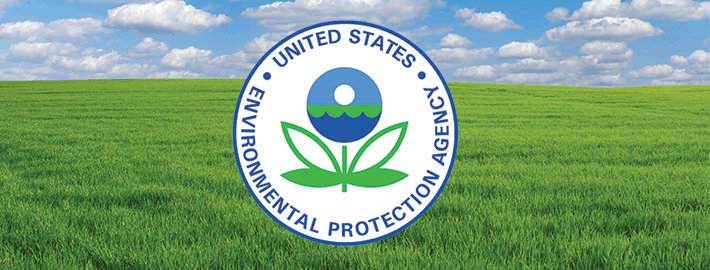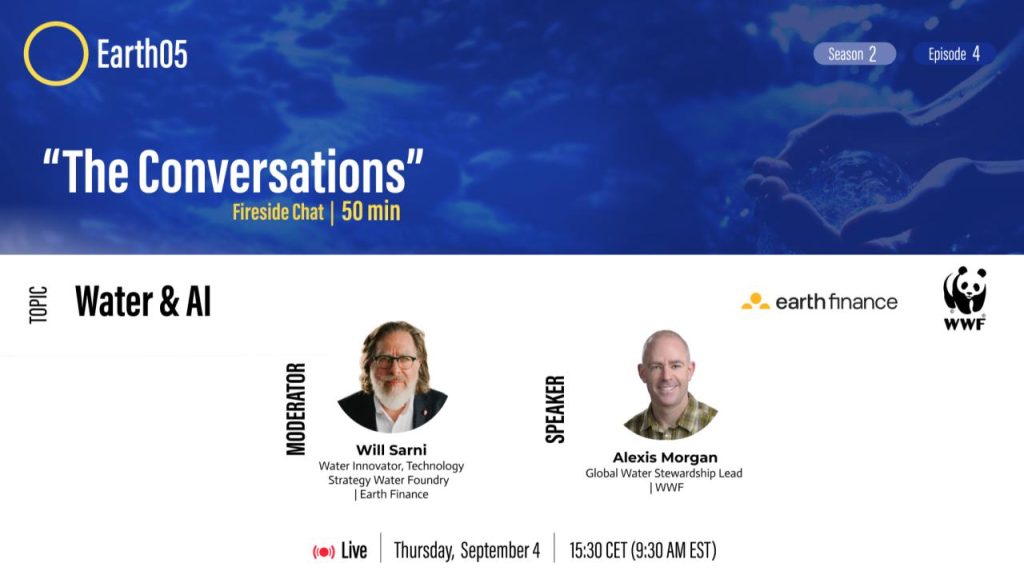- Mississippi River/Gulf of Mexico Hypoxia Task Force: Advancing Nutrient Reductions – Jake Greif and Whitney King, EPA Office of Water
The Hypoxia Task Force (HTF) is a collaborative partnership of federal agencies, states, and Tribes in the Mississippi/Atchafalaya River Basin with the shared goal of reducing the size and extent of the hypoxic zone in the northern Gulf of Mexico. This presentation will introduce the HTF, including its history, Gulf Hypoxia Action Plan, and goals. It will also describe the Gulf Hypoxia Program (GHP), which provides significant funding from BIL to support the Gulf Hypoxia Action Plan and the actions GHP recipients are taking to engage stakeholders, expand capacity, and improve water quality.
- USGS Long-term Monitoring: Measuring Progress Toward Nutrient Reduction Goals Set by the Mississippi River/Gulf of Mexico Hypoxia Task Force – Gretchen Oelsner, U.S. Geological Survey
Since the early 2000s, USGS has supported NOAA and the Interagency Mississippi River and Gulf of Mexico Hypoxia Task Force collective efforts to track long-term changes in nutrient inputs to the Gulf. This presentation will focus on the long-term trends in nitrogen and phosphorus loads in rivers throughout the Mississippi-Atchafalaya watershed and to the Gulf of Mexico as a measure of progress towards the nutrient reduction targets and to describe how hypoxia in the Gulf of Mexico might be linked to nutrients coming from throughout the watershed.
- Measuring and Modeling Oxygen Dynamics in Coastal Ecosystems: Application of ORD’s Coastal Generalized Ecosystem Model (CGEM) – Brandon Jarvis, EPA Office of Research and Development
The Coastal Generalized Ecosystem Model (CGEM) is a biogeochemical model designed to address eutrophication, dissolved oxygen, and acidification dynamics in coastal and freshwater ecosystems. This presentation will highlight CGEM’s application to the northern Gulf of Mexico, which has demonstrated new ecological theories on hypoxia, informed water quality governance, and guided decision making via ensemble modeling approaches. It will also cover the development and application of a multimedia modeling framework to more effectively evaluate climate change impacts.



